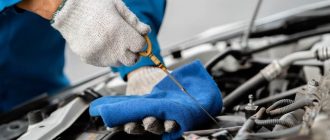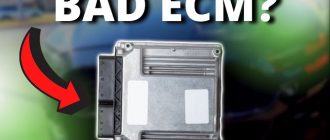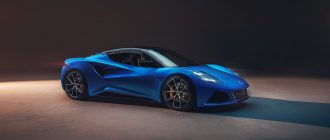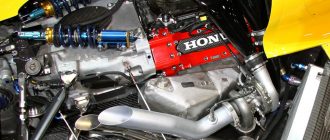What is a Turbocharged Car Engine?
Introduction
A turbocharged car engine is an internal combustion engine that uses a turbocharger to increase its power output. Turbochargers are devices that use the exhaust gases from the engine to spin a turbine, which in turn drives a compressor that forces more air into the engine’s cylinders. This increased airflow allows the engine to burn more fuel and produce more power.
How Do Turbochargers Work?
Turbochargers are typically mounted on the exhaust manifold of an engine. The exhaust gases from the engine flow through the turbine, which spins the compressor. The compressor then forces more air into the engine’s cylinders, which increases the air-fuel mixture and allows the engine to burn more fuel.
The amount of boost that a turbocharger provides is controlled by a wastegate. The wastegate is a valve that opens and closes to allow exhaust gases to bypass the turbine. When the wastegate is open, less exhaust gas flows through the turbine and the turbocharger produces less boost. When the wastegate is closed, more exhaust gas flows through the turbine and the turbocharger produces more boost.
Benefits of Turbocharging
Turbocharging offers a number of benefits for car engines, including:
* Increased power output
* Improved fuel economy
* Reduced emissions
Increased power output is the most obvious benefit of turbocharging. Turbochargers can increase the power output of an engine by up to 50%. This can make a significant difference in the performance of a car, especially in acceleration and top speed.
Improved fuel economy is another benefit of turbocharging. Turbochargers can help to improve fuel economy by up to 20%. This is because turbochargers allow engines to burn more fuel without increasing their displacement. This means that turbocharged engines can produce the same amount of power as larger, less efficient engines.
Reduced emissions are another benefit of turbocharging. Turbochargers can help to reduce emissions by up to 30%. This is because turbochargers allow engines to burn fuel more efficiently. This means that turbocharged engines produce less pollutants than larger, less efficient engines.
Drawbacks of Turbocharging
Turbocharging also has some drawbacks, including:
* Increased cost
* Increased complexity
* Reduced reliability
Increased cost is the most significant drawback of turbocharging. Turbochargers are complex devices that can add significant cost to the price of a car.
Increased complexity is another drawback of turbocharging. Turbochargers add complexity to an engine, which can make it more difficult to maintain and repair.
Reduced reliability is another drawback of turbocharging. Turbochargers are mechanical devices that can fail. This can lead to a loss of power and other problems.
Conclusion
Turbocharging is a technology that can significantly improve the performance of a car engine. However, it also has some drawbacks. When considering whether to buy a turbocharged car, it is important to weigh the benefits and drawbacks carefully.




